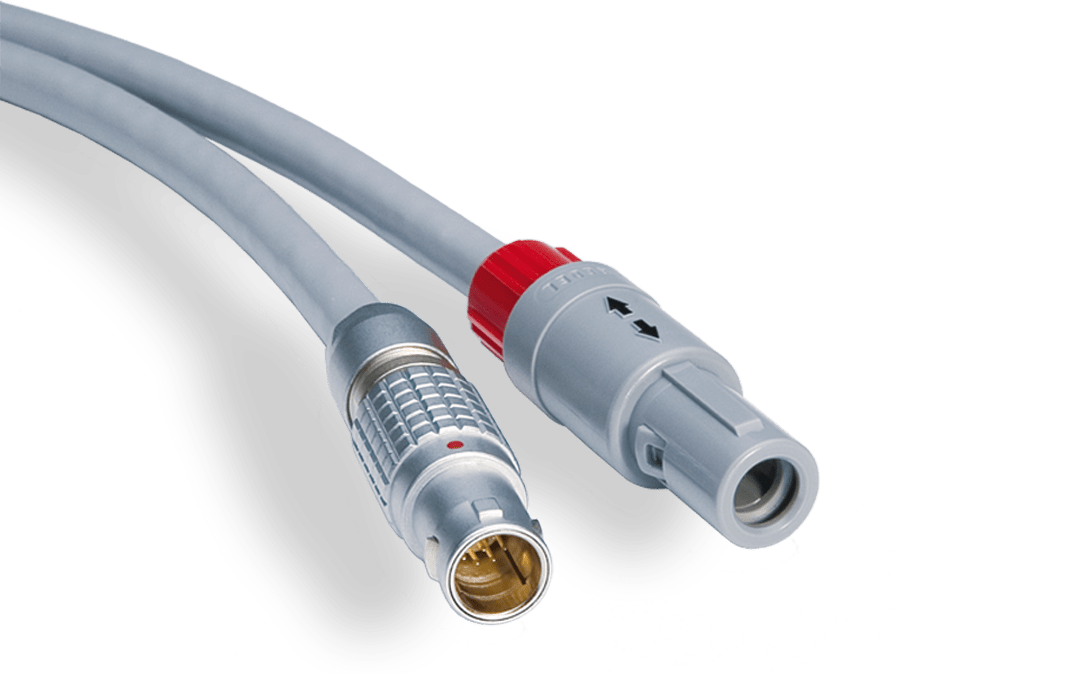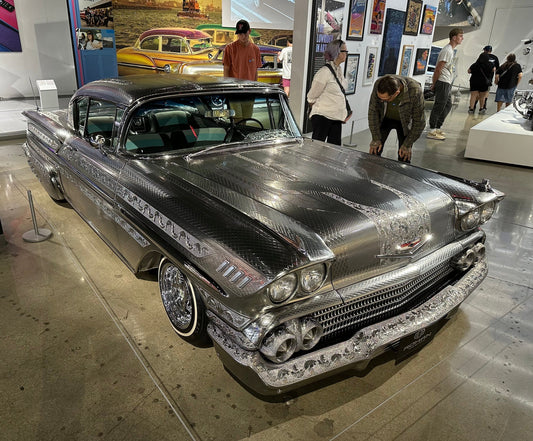Seventeen inches
by Paul McGowan
*Oops. Sorry, The book chapter got emailed instead of the post. Apologies.
Standards are what we come to expect when we're trying to enhance compatibility. Without standards like the RCA or XLR connectors, it'd be near impossible to use interconnects between products. I remember the flap when Mark Levinson tried to switch the world over to the Lemo connector. Mark wasn't wrong about Lemos. They are a superior connector widely used in the medical field but, because they did not adhere to HiFi standards, they faded into high-end audio's history books.
Another standard we're all so used to is chassis width. 17" is the standard width for audio products, yet where did that come from?
In the 1970s, when I first engaged with high-end audio, the standard width of audio equipment was 17" and their faceplates had to be 19" and festooned with holes on either side of the front panel. This would allow the unit to be screwed in place in an audio rack—something few audiophiles had at the time, or since.
The 19" faceplate audio rack standard came out of the broadcast/pro-industry (and included a standard rack height in increments of 1.75") and, somehow, made its way into HiFi. Though almost none of our customers had audio racks in their homes, they all insisted they had to have 19" faceplates and products were either one, two, or three racks high. It was the standard.
When PS Audio boldly eschewed the 19" faceplate in the late 1980s, early 90s, it raised quite a ruckus amongst our customers. I can still feel the sting of hate mail that followed.
Over time, we've come to accept differing width chassis. But, for the most part, 17" is still considered the standard.
I wonder when it'll be alright to move away from that magic number.
- Choosing a selection results in a full page refresh.
- Opens in a new window.









